If you’re like most people, you’ve probably had the unfortunate experience of dealing with filaments when using a glue gun. These pesky strings of glue can often ruin your project and are difficult to remove. In this article, we will discuss some tips and product reviews that will help you prevent filaments when using a hot glue gun. We’ll also cover some common questions that people have about this process. Read on to learn more!
Table of Contents
What is Hot Melt Stringing?
Hot melt stringing is a common phenomenon that occurs when using hot glue guns. It happens when the glue gun’s temperature is too high and the glue sticks to itself as it exits the nozzle. This can often result in a messy, stringy mess that can be difficult to remove. When the glue gun’s nozzle is clogged or contains old glue, strings can develop.
There are a few things you can do to prevent hot melt stringing from occurring. First, make sure that your glue gun’s temperature is set properly. Most hot glue guns have a temperature dial that you can use to adjust the heat level. If your glue gun does not have a temperature dial, you may need to experiment with the heat setting to find one that works best for your project. Second, keep the tip of your glue gun clean. You can use a paperclip or toothpick to remove any old glue build-up from inside the nozzle. Finally, make sure that you are using the correct type of glue sticks for your project. Some types of glue sticks are more prone to stringing than others. [1]
Hot melt stringing can be a frustrating problem, but it is one that you can easily prevent with a little bit of knowledge and preparation. By following the tips above, you can ensure that your next project will be free of any pesky strings of glue. [2]
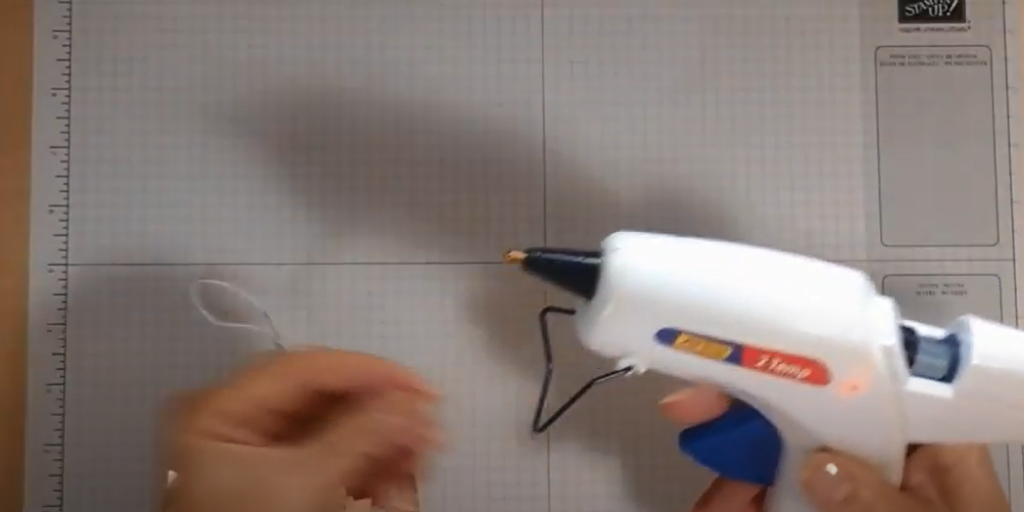
What Causes Hot Melt Stringing, and How Can I Fix It?
A common problem people experience when using hot glue guns is stringing. Not only is poor site performance one of the most frustrating things for a master, it can be tough to determine what the problem is. In this article, we’ll discuss the three main causes of stringing and how you can prevent them.
The first cause of stringing is incorrect glue gun temperature. If your glue gun is too cold, the glue will be too thick and stringy. If your glue gun overheats, the glue will be thin and difficult to work with. What you want is to find a balance between these two extremes- a temperature that won’t be too hot or too cold for your project.
The second cause of stringing is using too much pressure on the trigger. When you squeeze the trigger, the hot glue should flow smoothly and evenly. If you’re pressing too hard, the glue will come out in a stringy mess. The key is to find a light touch that still allows the glue to flow freely.
The third and final cause of stringing is using old or poor-quality glue sticks. Glue sticks go bad over time – they can get brittle and break easily, or they can get gummy and clog your gun. Either way, it’s important to use fresh sticks that are designed for hot glue guns.
Now that you know the three main causes of stringing, let’s talk about how you can prevent it. First, make sure you’re using the correct temperature for your project. Second, use a light touch on the trigger. And finally, use fresh, high-quality glue sticks. [3]
If you follow these tips, you should be able to avoid stringing altogether. But if you do end up with a few stray strings here and there, don’t worry – we’ll show you how to remove them in the next section.
How Do I Get Rid Of Hot Melt Glue Strings or Tails?
The best way to avoid or remove hot glue strings is to keep a damp paper towel or piece of wax paper handy when working with your glue gun. When you see a string forming, quickly swipe it with the damp paper towel or piece of wax paper. This will cause the string to break and/or stick to the paper instead of your project. If you don’t have either of those things handy, you can also use your finger (if it’s not too hot) or a pair of scissors to snip the string off.
Finally, there are some hot glue gun nozzles that have a stringing prevention feature built in. These nozzles have a small hole in the tip that the glue comes out of. As the glue comes out, it’s also pulled back into the nozzle through this hole, which prevents any stringing from happening in the first place. If you’re having trouble with strings, it might be worth investing in one of these nozzles.
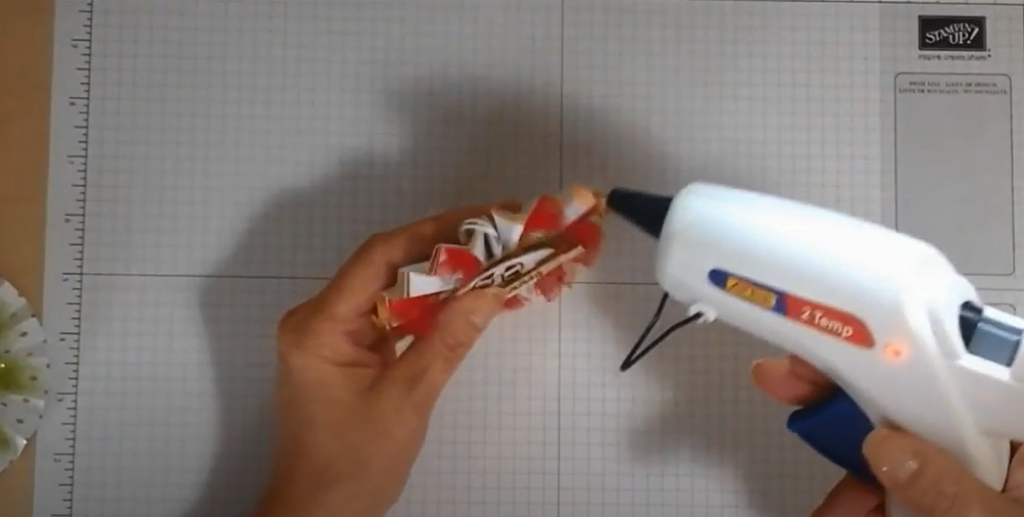
FAQ
What makes hot glue stringy?
The short answer is that the glue is too hot. When the glue gun’s temperature gets too high, it can cause the glue to become stringy and difficult to work with. This usually happens when you’ve left the glue gun on for too long or if it’s not getting enough ventilation.
To prevent this from happening, you need to make sure that your glue gun is properly calibrated and that you’re using the right type of glue sticks. We’ll go over both of these topics in more detail below.
How do you stop hot glue strings?
The most frequent question I receive is how to prevent hot glue strings from sticking. The short answer is: be patient, use a low temperature setting, and don’t pull the trigger too quickly.
Another way to prevent filaments is by using a quality glue gun. A good glue gun will have even heating and consistent flow so you don’t have to worry about filaments as much. I’ve put together a list of my favorite glue guns to help you choose the right one for your needs.
If you’re looking for a budget-friendly option, I recommend the AdTech Dual Temp Glue Gun. It has two temperature settings (high and low) so you can adjust it depending on what you’re working with. I’ve also had good luck with the Surebonder PRO4000A High Temperature Glue Gun.
If you want a top-of-the-line glue gun, go for the Cordless Glue Gun from Wagner Spray Tech. It’s cordless, which makes it super easy to use, and it has a precision trigger so you can get a consistent bead of glue every time.
Whichever glue gun you choose, be sure to read the instructions carefully before use and always test on a scrap piece of material first. With a little practice, you’ll be able to avoid hot glue strings altogether!
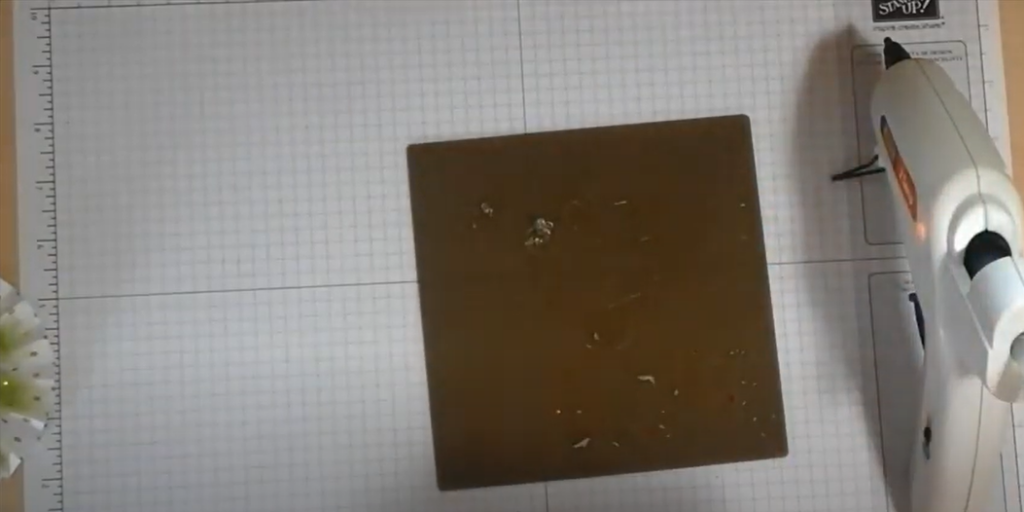
How do you use a simple hot glue gun?
Assuming you have a standard hot glue gun, there are only a few steps to follow. First, make sure the area around your workspace is clear and clean. You don’t want any stray pieces of paper or other materials getting caught in the glue. Next, plug in your glue gun and let it heat up for about five minutes. Once it’s heated, apply pressure to the trigger and hold it down as you guide the glue onto whatever surface you’re working with. Be careful not to touch the tip of the glue gun to anything, as it will be very hot. Finally, release the trigger when you’re finished and unplug the glue gun. Let it cool down before storing it away.
Why is the glue not coming out of my hot glue gun?
This is a common problem that can have several causes. The most common cause is that the glue gun’s nozzle is clogged. To fix this, simply clean the nozzle with a paperclip or similar object.
If the nozzle is not clogged, then the problem may be that the glue gun’s heating element is not working properly. In this case, you will need to replace the heating element.
Another possible cause of this problem is that the glue stick is not inserted all the way into the glue gun. Make sure that the glue stick is inserted all the way into the back of the glue gun before turning on the power switch.
Finally, if none of these solutions work, then it is possible that your glue gun is defective and will need to be replaced.
How do you make hot glue smooth?
If you want to make hot glue smooth, there are a few things you can do. First, make sure that the area you’re working on is clean and free of any debris. Second, use a low temperature setting on your glue gun. Third, apply pressure evenly as you move the gun along the surface. Finally, allow the glue to cool completely before handling it.
These tips should help you avoid any filaments when using a hot glue gun. If you have any other questions or concerns, be sure to consult your user manual or contact the manufacturer directly. And always remember to exercise caution when working with hot materials!
How do you remove hot glue strains?
One of the easiest ways to remove hot glue strains is by using a heat gun. Gently heat up the area with the glue strain and then slowly peel it away. If the glue is still tacky, you can use a solvent like acetone or nail polish remover. Before cleaning the sticky spot, moisten a cotton ball with solvent and touch it to the afflicted area for a few minutes.
Another way to remove hot glue strains is to freeze them. Place an ice cube on top of the strain and wait for it to harden. Once it’s hardened, you should be able to easily peel it off.
If you’re having trouble removing hot glue stains using either of these techniques, a razor blade may be worth a try. Gently scrape away at the glue until it comes off. Be careful not to damage the surface beneath the glue.
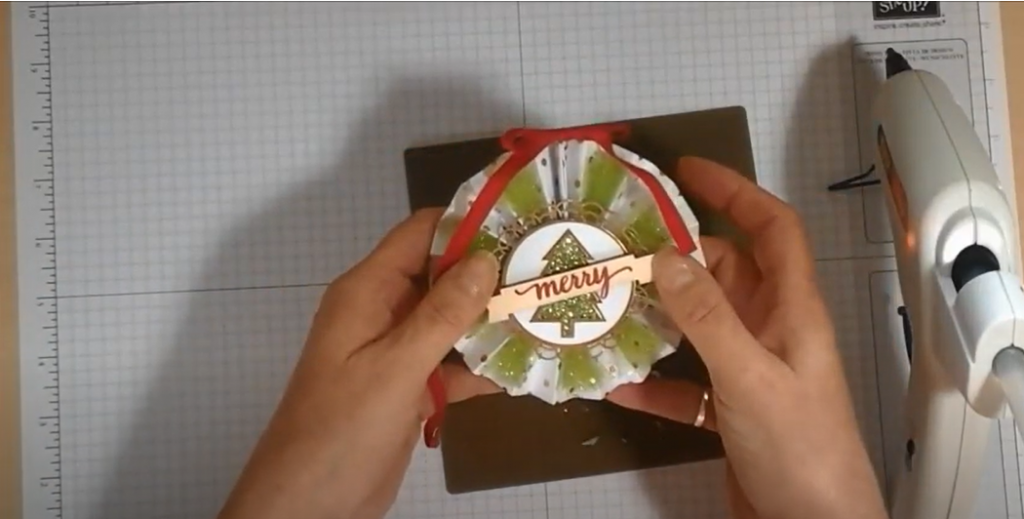
Will hot glue melt plastic?
The short answer is yes, hot glue will melt plastic. When using hot glue on plastic, however, there are a few things to consider. The type of plastic and the temperature of the glue gun will affect how well the glue adheres to the plastic and whether or not it melts the plastic.
Some plastics, like polyethylene (PE) and polypropylene (PP), have a low melting point and can be easily glued with a standard hot glue gun. Some plastics, like acrylics, can only be glued together using a high-temperature glue gun because they have a higher melting point.
When using hot glue on any type of plastic, it’s always best to do a test on an inconspicuous area first.
How long does it take hot glue to harden?
It takes about 30 to 60 seconds for hot glue to harden. You can speed up the process by using a hair dryer on the low setting or by holding the glued object under running cold water.
Do not touch the glue while it is still hot! Wait until it has cooled down completely before moving or adjusting the object.
Useful Video: How to Get Rid of the String When Using a Hot Glue Gun : Glue & Crafts
Conclusion
So, those are a few of our top tips for avoiding hot glue gun filaments. We hope you found them helpful! As always, be sure to read the instructions that come with your particular glue gun model. Do you have any more queries regarding hot glue guns? Please let us know any questions you may have in the comments section below, and we’ll get back to you as soon as possible! Happy crafting!
References:
- https://www.keystoneparts.com/blog/how-to-stop-hot-melt-adhesive-stringing/
- https://www.craftaholicsanonymous.net/how-to-get-rid-of-hot-glue-strings
- https://www.gluegun.com/blogs/news/7632433-how-to-use-glue-guns-glue-sticks-and-fabric
- https://glu-stix-online.com/blogs/news/how-do-i-get-rid-of-glue-strings-or-tails



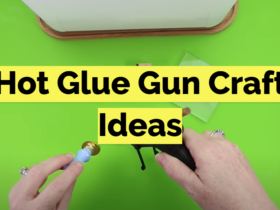
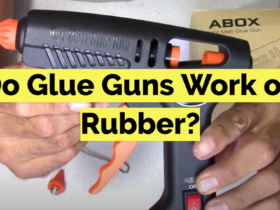
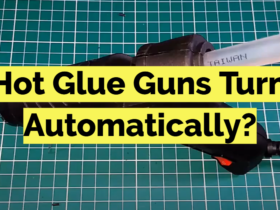
Leave a Reply